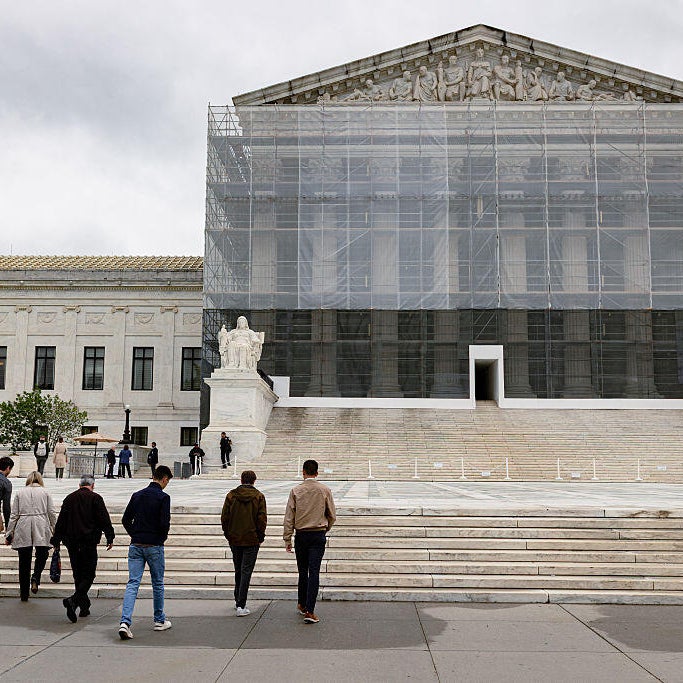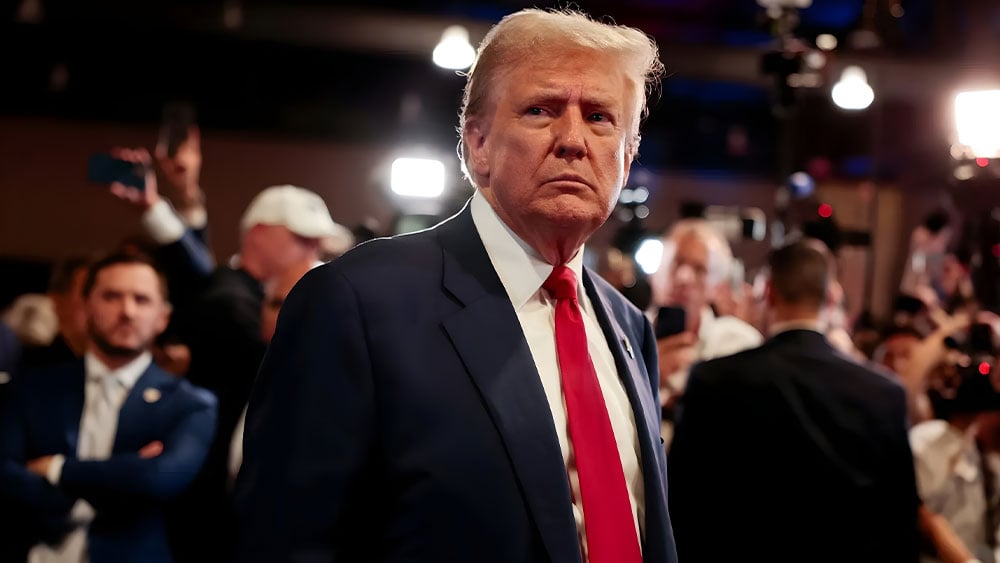
Supreme Court Paves Path for Trump’s Mass Layoff Plans

Supreme Court Allows Federal Layoffs to Proceed Amid Ongoing Legal Dispute
On a pivotal day for federal employment, the Supreme Court has intervened to lift a lower court’s injunction that had stalled significant layoffs across various federal agencies. This decision paves the way for the Trump administration to continue its ambitious plans to downsize the government, a strategy spearheaded by the Department of Government Efficiency (DOGE).
Background of the Legal Dispute
The Justice Department sought emergency intervention from the Supreme Court after a federal judge had issued a ruling in May that halted job cuts and blocked further directives from DOGE aimed at reducing staff and programs. The judge’s ruling was based on the belief that President Trump’s executive orders and accompanying directives from the Office of Management and Budget and the Office of Personnel Management were unlawful.
In its ruling, the Supreme Court indicated that the government was likely to prevail in its argument that these orders were valid. The Court noted, “We express no view on the legality of any agency reduction-in-force and reorganization plan produced or approved pursuant to the executive order and memorandum.” This statement reflects the Court’s focus on the legality of the executive orders themselves rather than the specific plans for workforce reductions.
Responses from the Justices
Justice Ketanji Brown Jackson dissented, criticizing the decision as an endorsement of potentially unlawful presidential actions during an emergency. In contrast, Justice Sonia Sotomayor emphasized that while the president cannot reorganize federal agencies contrary to congressional mandates, the specifics of the agency plans for layoffs were not yet before the Supreme Court, allowing the lower court to explore these issues further.
Administration’s Reaction
Attorney General Pam Bondi celebrated the Supreme Court’s ruling, stating that it prevented lower courts from undermining the president’s authority regarding federal personnel. She expressed optimism that this decision would facilitate greater efficiency within federal agencies.
Concerns from Labor Groups
However, the ruling has drawn strong criticism from a coalition of labor unions, nonprofit organizations, and local governments involved in the lawsuit. They expressed disappointment, claiming that the decision threatens democratic principles and essential services relied upon by citizens. The coalition underscored that reorganizing government functions and implementing mass layoffs without congressional approval is unconstitutional.
The Push for Government Downsizing
The efforts to downsize the federal workforce began soon after President Trump took office, culminating in the establishment of DOGE, which aimed to reduce costs and streamline federal operations. Following an executive order issued in February, agencies were directed to prepare for “large-scale” layoffs. Subsequently, the Office of Personnel Management and the Office of Management and Budget instructed agencies to formulate plans for job cuts.
As a result, various departments commenced layoffs earlier in the year, impacting thousands of federal employees. Other agencies were preparing for additional reductions in the near future. It’s essential to note that these layoffs were separate from the termination of probationary workers, who were typically in their roles for a year or two, but those firings have also sparked legal challenges.
Judicial Interventions and Outcomes
A federal judge in San Francisco initially issued a temporary restraining order that prevented the administration from proceeding with job cuts. This judge later extended the order, emphasizing that while presidents can set policy priorities, they must work in conjunction with Congress when it comes to restructuring agencies. This ruling applied to 22 federal agencies, including significant departments such as Agriculture, Health and Human Services, and State.
The Trump administration appealed this decision, seeking relief from the Supreme Court after the U.S. Court of Appeals for the 9th Circuit upheld the lower court’s injunction. The appeals court ruled that the president’s executive order overstepped his constitutional authority.
Implications of the Supreme Court’s Decision
Solicitor General D. John Sauer argued that the district court’s ruling was flawed, contending that it interfered with the executive branch’s authority to manage personnel decisions. He expressed concerns that the injunction created confusion and necessitated the retention of employees deemed unnecessary by agency heads.
Lawyers representing the unions urged the Supreme Court to deny the administration’s request, warning that allowing the president to proceed with his reorganization plans could lead to irreversible consequences for federal employment and essential services.
As the legal battle continues, the implications of the Supreme Court’s decision are profound, potentially reshaping the landscape of federal employment and governance. The unions maintained that the injunction does not preclude the president from seeking congressional approval for any reorganization of government functions, a necessary step to ensure compliance with constitutional mandates.







